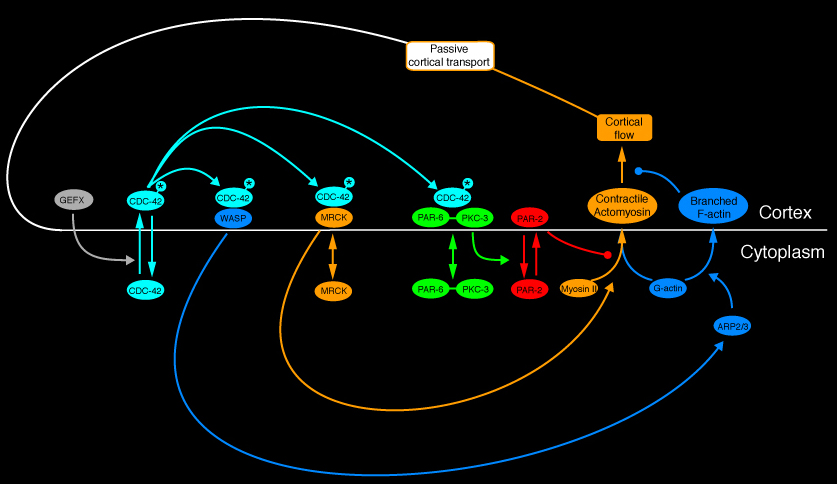
Even far to the south a trace of snow was recorded in unlikely places like Tallahassee, FL Jacksonville, FL and Fernandina Beach, FL. In addition, a trace of snow was recorded in Augusta, GA Florence, SC and Wilmington, NC. Some snow remained on the ground until April 12 th East of Interstate 95 snow only amounted to a trace, but much, much heavier amounts of snow fell across the western Carolinas. Temperatures in Wilmington plunged through the 40s and into the 30s by sunset and rain changed over to light snow that fell for several hours. Additional details about this are included in a newspaper article toward the bottom of this webpage.ĭuring the mid to late afternoon hours on March 13th, cold air wrapped in from the west as the low moved north through Raleigh and into northeastern North Carolina. The result was a second round of power outages as power lines shorted across insulators and tripped breakers. A light rainfall event several days after the Superstorm saturated this salt layer making it electrically conductive. Along the coast from the Carolinas into Florida large amounts of salt spray were carried inland by the winds and deposited on all exposed surfaces. The Cape Fear River at downtown Wilmington was backed up by the strong south winds which resulted in considerable tidal flooding on both sides of the river. Hundreds of homes were similarly damaged or destroyed on the Outer Banks. For the Brunswick County beaches on Oak Island at least 18 homes were destroyed by storm surge and beach erosion. These winds created very large waves offshore and a damaging storm surge for south-facing beaches. Unknown source or time listed in NCDC storm summary. Minimum Atmospheric Pressures Observed with the 1993 Superstorm All-time low pressure records were established in Columbia, Charlotte and Greensboro, even beating out the pressures observed just a few years earlier during Hurricane Hugo's visit in September 1989. By early afternoon on March 13th the central pressure of the low was lower than had been observed with any historic winter storm or hurricane across the interior Southeastern United States. All-time records for snowfall were set in locations from Birmingham and Chattanooga to Asheville, then spreading north through the central Appalachians. As the low moved inland across southern Georgia the system encountered cold air across the interior Southeast states widespread heavy snow and blizzard conditions developed from Alabama and Georgia into the western Carolinas and Virginia. Infrared (left) and visible (right) satellite loops covering the Superstorm's impact on the Southeastern U.S. Strong onshore winds along Florida's west coast created a storm surge up to 12 feet high in Taylor County with significant damage to property and up to seven fatalities reported. A study from the Cuban weather service found evidence of wind speeds up to 120 mph from severe thunderstorms spawned there. Damaging straight-line winds and 11 confirmed tornadoes were reported across Florida, with substantial thunderstorm wind damage occurring south into Cuba. Coast Guard rescued over 100 people from ships in distress during the storm.Ī squall line of severe thunderstorms extending south of the low impacted Florida during the early morning hours of March 13th. The low rapidly deepened as it crossed the Gulf of Mexico during the afternoon and evening of March 12th and made "landfall" along the Florida Panhandle just after midnight on March 13th.
MWEATHER PATTERN FEEDBACK LOOP PLUS
Strong horizontal temperature contrasts near the front across the Gulf Coast states, plus the development of deep thunderstorms over the Gulf also added fuel to the strengthening system.

Upper level conditions were very favorable for intensification of the low as a powerful jet streak developed across the eastern United States on the downwind side of a deep upper level trough. Low pressure developed during the day of March 12th along a nearly stationary front lying along the Texas Gulf coast. In terms of human impact the Superstorm of 1993 was more significant than most landfalling hurricanes or tornado outbreaks and ranks among the deadliest and most costly weather events of the 20 th century. The storm will be remembered for its tremendous snowfall totals from Alabama through Maine, high winds all along the East coast, extreme coastal flooding along the Florida west coast, incredibly low barometric pressures across the Southeast and Mid-Atlantic, and for the unseasonably cold air that followed behind the storm. The Superstorm of 1993 (also called the Storm of the Century) was one of the most intense mid-latitude cyclones ever observed over the Eastern United States.


 0 kommentar(er)
0 kommentar(er)
